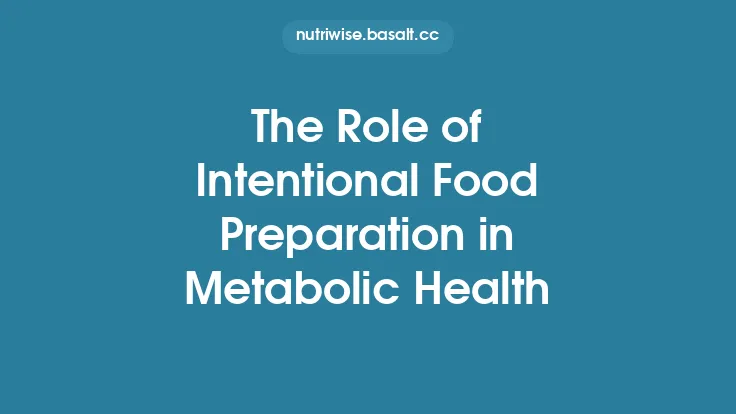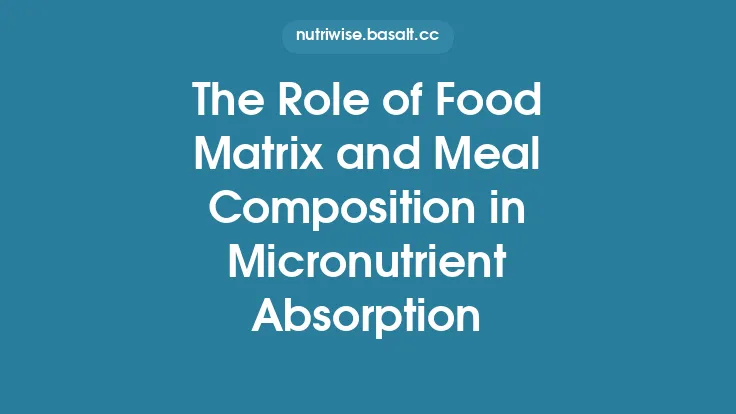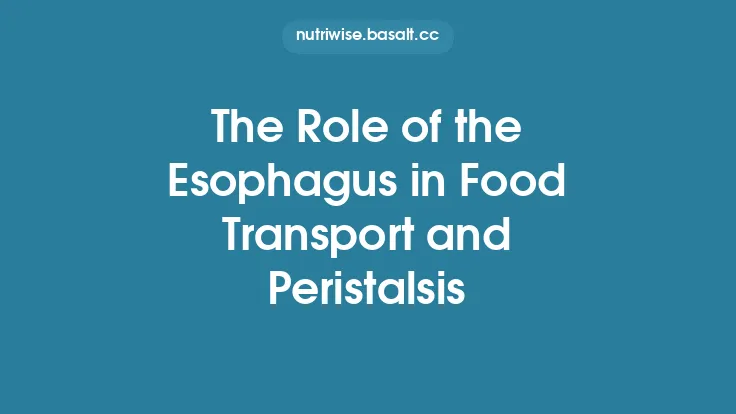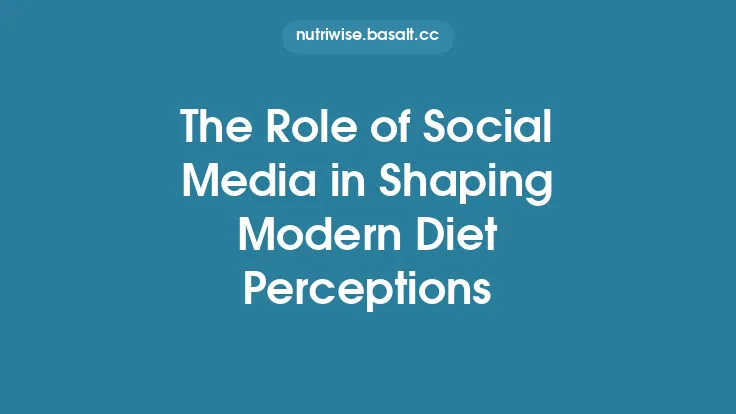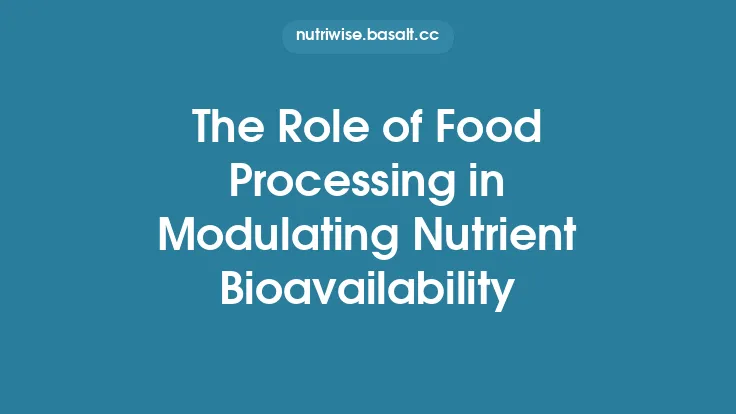Food preferences are rarely the product of pure gustatory experience. Across societies, the meanings we attach to ingredients, dishes, and eating occasions shape what we find appealing, what we reject, and how we evaluate the very act of eating. These meanings—rooted in myths, rituals, social status, and collective memory—form a network of symbolic associations that guide preference formation long before a bite reaches the palate. Understanding this symbolic layer is essential for anyone interested in cultural food traditions, nutrition policy, or the psychology of taste.
Theoretical Foundations of Symbolic Food Associations
Symbolic Interactionism and Food
Symbolic interactionism posits that people act toward objects based on the meanings those objects hold. In the culinary realm, a “food” is not merely a chemical mixture of nutrients; it is a signifier that conveys cultural narratives, moral values, and social cues. When a community repeatedly pairs a particular grain with notions of fertility, for example, the grain acquires a symbolic charge that can influence individual liking independent of its sensory qualities.
Semiotics of Taste
Semiotics, the study of signs and symbols, offers a framework for decoding how foods function as signifiers. A “sign” consists of the signifier (the physical food) and the signified (the concept it evokes). The relationship is arbitrary yet stabilized through cultural convention. Over time, the signified can shift—rice may signify abundance in one era and simplicity in another—altering the affective response to the same signifier.
Cognitive–Affective Pathways
Neuroscientific research shows that symbolic meaning can modulate activity in brain regions traditionally linked to reward (e.g., the ventral striatum) and emotion (e.g., the amygdala). When a food is presented with a positive symbolic context—such as a story of communal triumph—dopaminergic pathways are activated, enhancing perceived pleasantness. Conversely, negative symbolism can trigger aversive responses even if the sensory profile is neutral.
Historical Perspectives on Symbolic Preference Formation
Early Agricultural Symbolism
Archaeobotanical evidence indicates that early agrarian societies assigned symbolic value to staple crops. The domestication of wheat, for instance, was accompanied by rituals celebrating the “golden grain” as a symbol of prosperity. These rituals reinforced positive affect toward wheat, establishing a long‑term preference that persisted through generations.
Feasting and Power Display
In many pre‑modern societies, elaborate feasts served as stages for displaying wealth and authority. The inclusion of rare or labor‑intensive foods (e.g., game birds, exotic spices) signaled elite status. Observers internalized the association between those foods and prestige, leading to a preference for them that outlasted the original power dynamics.
Symbolic Seasonal Cycles
Seasonal festivals often revolve around foods that embody the symbolic essence of the time of year—bitter herbs in autumn to represent the waning of life, sweet pastries in spring to herald renewal. Repeated exposure to these symbolic pairings conditions individuals to anticipate and enjoy specific flavors during particular seasons, a pattern that remains evident in contemporary holiday cuisines.
Mechanisms by Which Symbolic Associations Shape Preferences
1. Expectancy Effects
When a food is framed with a symbolic narrative (e.g., “the dish that brings families together”), listeners develop expectations of positive affect. These expectations bias sensory evaluation, a phenomenon known as the placebo effect of meaning. Empirical studies demonstrate that identical samples receive higher liking scores when accompanied by favorable symbolic descriptions.
2. Emotional Conditioning
Repeated pairing of a food with emotionally salient events (weddings, rites of passage) creates associative learning. Classical conditioning principles dictate that the emotional valence of the event transfers to the food, strengthening preference. This process operates even when the food’s intrinsic taste is neutral or mildly unpleasant.
3. Social Identity Reinforcement
While the article avoids deep discussion of identity per se, it is worth noting that symbolic foods act as markers of group belonging. Consuming a food that carries a shared symbolic meaning signals alignment with the group’s values, reinforcing preference through social approval mechanisms.
4. Symbolic Contrast and Novelty
When a food is presented as a symbolic “break from the ordinary” (e.g., a special dish reserved for rare celebrations), its novelty heightens attention and curiosity. The resulting heightened arousal can amplify hedonic response, fostering a lasting preference for the food whenever it reappears.
The Role of Language and Metaphor in Encoding Food Symbolism
Metaphorical Framing
Languages frequently employ food metaphors to convey abstract concepts—“sweet success,” “bitter defeat,” “spicy personality.” These metaphors embed symbolic valence into the lexical representation of foods, influencing how speakers emotionally respond to the actual items. Cross‑linguistic research shows that speakers of languages with richer food‑related metaphorical vocabularies tend to report stronger affective reactions to those foods.
Narrative Construction
Storytelling is a primary vehicle for transmitting symbolic meanings. Folktales, religious texts, and contemporary media embed foods within moral or cosmological narratives. The narrative structure—character, conflict, resolution—provides a scaffold for the symbolic charge, making the food a mnemonic anchor for the story’s lesson. Listeners internalize the symbolic meaning, which later surfaces in preference judgments.
Social Learning and Intergenerational Transmission
Observational Learning
Children acquire food preferences by watching caregivers’ reactions to symbolic foods. When a parent expresses reverence for a particular dish during a cultural ceremony, the child learns to associate the dish with respect and significance, shaping future preference.
Institutional Reinforcement
Schools, religious institutions, and community organizations often institutionalize symbolic foods within curricula or rituals. Structured exposure—such as serving a particular grain during a cultural celebration—creates repeated, context‑rich experiences that embed symbolic meaning at the collective level.
Cultural Scripts and Habit Formation
Cultural scripts prescribe when and how certain symbolic foods should be consumed (e.g., “the first bite of the new year’s cake”). Repeated adherence to these scripts forms habits that are resistant to change, even when the original symbolic rationale fades. Habitual consumption then reinforces preference through the mere‑exposure effect.
Symbolic Associations in Marketing and Media
Branding as Symbolic Packaging
Modern food branding often co‑opts traditional symbols to evoke cultural resonance. A cereal marketed with imagery of sunrise and harvest fields taps into the symbolic association of grains with renewal and abundance, thereby shaping consumer preference beyond taste.
Advertising Narratives
Commercials that embed foods within aspirational narratives—family gatherings, triumphs, love stories—leverage the same symbolic mechanisms described earlier. The emotional storyline creates a symbolic halo around the product, increasing its perceived desirability.
Media Representation and Trend Formation
Food shows, social media influencers, and culinary blogs frequently assign symbolic meanings to emerging ingredients (e.g., “the superfood of resilience”). These symbolic labels can rapidly shift public preference, illustrating the power of symbolic framing in contemporary food culture.
Illustrative Case Studies
1. The Symbolic Rise of Fermented Soy Products in East Asia
Historically, fermented soybeans were linked to notions of longevity and wisdom. Over centuries, the symbolic association of “aged wisdom” with soy products like miso and tempeh reinforced a cultural preference for these foods, even as their flavor profiles are relatively mild. Contemporary consumption patterns still reflect this deep‑seated symbolic preference, evident in the continued prominence of soy‑based dishes at celebratory events.
2. The “Golden” Symbolism of Turmeric in South Asian Cuisines
Turmeric’s bright yellow hue has been symbolically associated with purity, health, and auspiciousness. Culinary practices embed turmeric in rituals marking new beginnings (e.g., weddings). The symbolic charge amplifies its sensory acceptance, leading to a preference for turmeric‑flavored dishes that persists across socioeconomic strata.
3. Symbolic Connotations of Bread in Mediterranean Societies
Bread, beyond its nutritional role, carries symbolic weight as “the staff of life.” In many Mediterranean cultures, breaking bread together is a ritual of hospitality and solidarity. This symbolic framing elevates bread’s status, fostering a preference that endures even when alternative carbohydrate sources become available.
Implications for Nutrition and Public Health
Leveraging Symbolic Associations for Healthy Eating
Public health campaigns can harness existing symbolic meanings to promote nutritious foods. For instance, aligning whole grains with symbols of prosperity or community cohesion can increase acceptance without confronting entrenched taste preferences directly.
Risks of Symbolic Misalignment
When symbolic meanings clash with nutritional recommendations—e.g., a culturally revered high‑fat dish being discouraged—interventions may encounter resistance. Understanding the symbolic landscape allows policymakers to design culturally sensitive strategies that respect symbolic values while encouraging healthier choices.
Education and Symbolic Literacy
Teaching communities about the origins and meanings of their food symbols can foster critical reflection, enabling individuals to make informed choices that balance cultural identity with health considerations.
Methodological Approaches to Studying Symbolic Preference Formation
Ethnographic Fieldwork
Participant observation and in‑depth interviews capture the lived experience of symbolic food practices, revealing the nuanced ways meaning is negotiated in everyday contexts.
Experimental Paradigms
Laboratory studies that manipulate symbolic framing (e.g., providing different narratives for the same food) quantify the causal impact of symbolism on preference ratings and neural responses.
Cross‑Cultural Comparative Analyses
Large‑scale surveys that assess symbolic associations across societies enable identification of universal versus culture‑specific patterns, informing theories of symbolic cognition.
Computational Text Mining
Analyzing corpora of folklore, media scripts, and social media posts uncovers recurring symbolic motifs linked to specific foods, offering a macro‑level view of symbolic networks.
Future Directions
- Neurocultural Integration – Combining neuroimaging with cultural analysis to map how symbolic meaning is encoded in the brain across diverse populations.
- Dynamic Symbolic Modeling – Developing computational models that simulate how symbolic associations evolve over time with changing social conditions.
- Symbolic Intervention Trials – Designing field experiments that deliberately alter symbolic narratives to test their efficacy in shifting food preferences toward healthier options.
- Digital Symbolic Ecology – Investigating how algorithmic recommendation systems on food platforms create new symbolic associations and influence collective preference formation.
Concluding Reflections
Symbolic associations are a potent, often invisible, driver of food preference formation. They operate through expectancy, emotional conditioning, social learning, and linguistic framing, weaving cultural narratives into the very taste of a dish. By recognizing and studying these symbolic layers, scholars, policymakers, and culinary professionals can better understand why certain foods endure in popularity, how new foods gain acceptance, and how health‑promoting dietary changes might be achieved without eroding the cultural fabric that gives food its deeper meaning. The interplay of symbol and sense continues to shape the culinary landscape, reminding us that what we eat is as much a story as it is sustenance.
